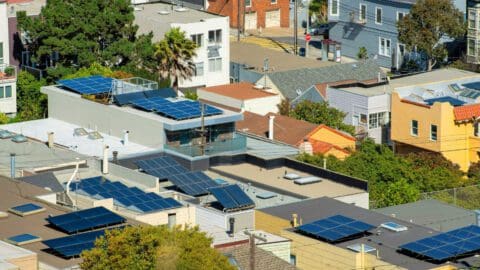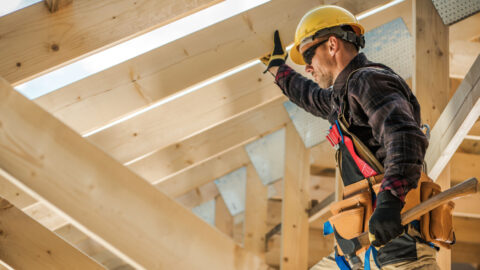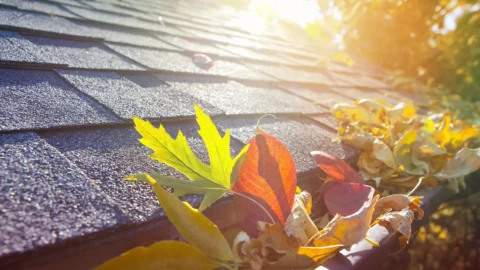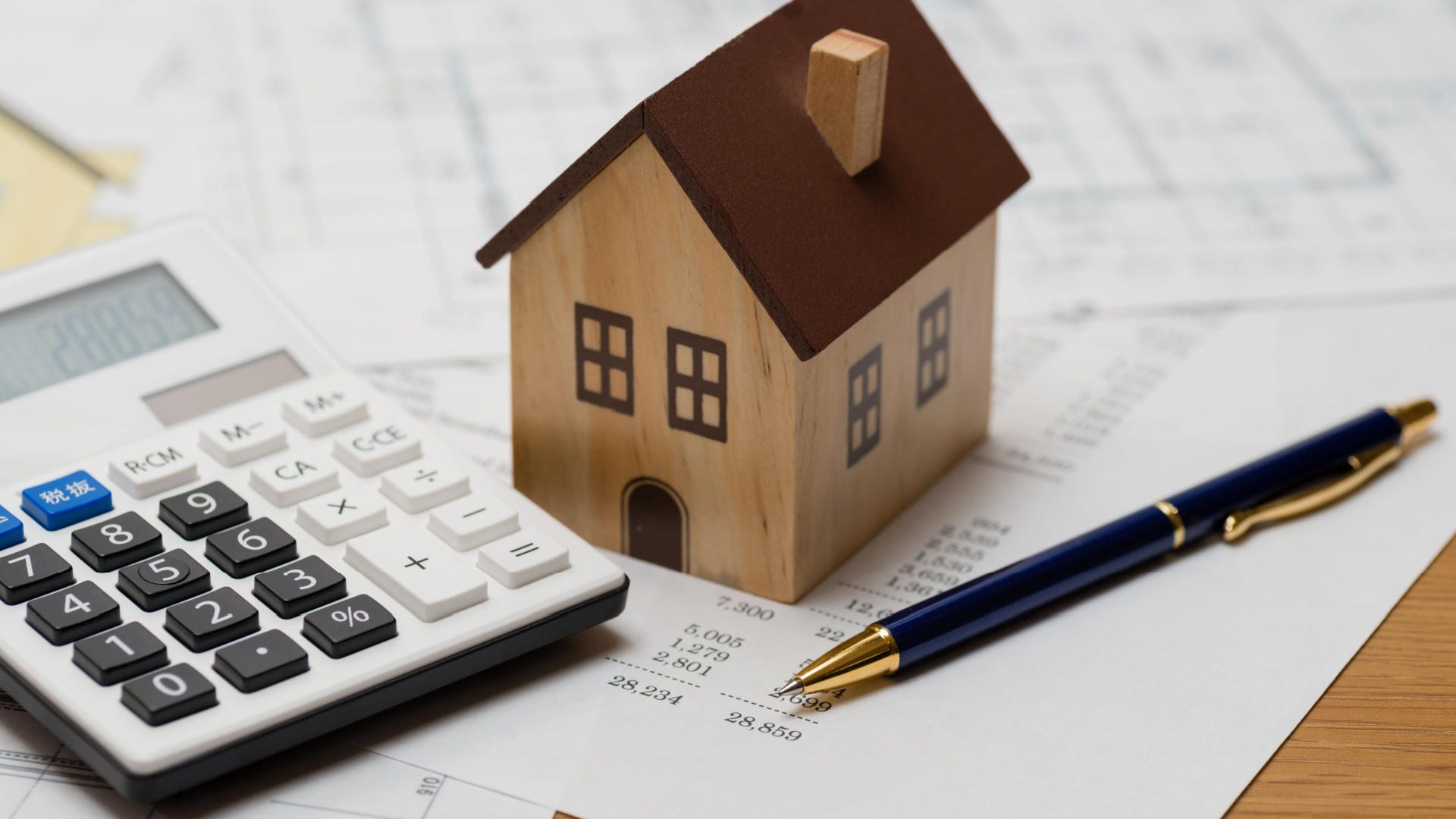You’ve likely heard the phrase ‘low slope roofing’ thrown around when discussing building construction or remodeling, especially if you’re dealing with commercial buildings or certain types of modern residences. But what exactly does it mean? In this comprehensive guide, we delve into the world of low slope roofing, exploring its benefits, potential drawbacks, and everything in-between.
What is Low Slope Roofing?
A low slope roof, also referred to as a flat roof, has a slope, or pitch, of 3:12 or less. This means for every 12 horizontal inches, the roof elevation changes less than 3 inches. Low slope roofs are common in commercial buildings and modern residential architecture. They are known for their cost-effectiveness and functional utility.
Classification of Low Slope Roofs
There’s a variety of low slope roofs classified according to their construction and material type. Each has its own pros and cons, determined by factors like weather conditions, aesthetic preferences, budget, and building size.
Benefits of Low Slope Roofing
Economical
One of the key benefits of low slope roofing is its economic efficiency. The construction process requires fewer materials due to the smaller surface area, making it less expensive than steep-slope roofing.
Space Utilization
Low slope roofs provide additional usable space, be it for a rooftop garden, solar panels, HVAC systems, or simply a rooftop deck for leisure activities.
Accessibility
Compared to steep roofs, low slope roofs are more accessible, making maintenance tasks like cleaning, repair, or inspection much safer and easier.
Low Slope Roofing Materials
There’s a variety of materials to choose from for your low slope roof, each with its own pros and cons.
Built-up Roofing (BUR)
BUR is composed of alternating layers of bitumen and reinforcing fabric. This old, yet trusted method provides excellent waterproofing and can last for many years with proper maintenance.
Single-Ply Membranes
These are sheets of rubber and other synthetics that can be ballasted, mechanically fastened, or chemically adhered to insulation to create a layer of protection on your low slope roof.
Modified Bitumen
This is a type of asphalt product that can be applied to the roof in both hot and cold temperatures. It has improved flexibility compared to BUR and excellent weathering characteristics.
Installation of Low Slope Roofing
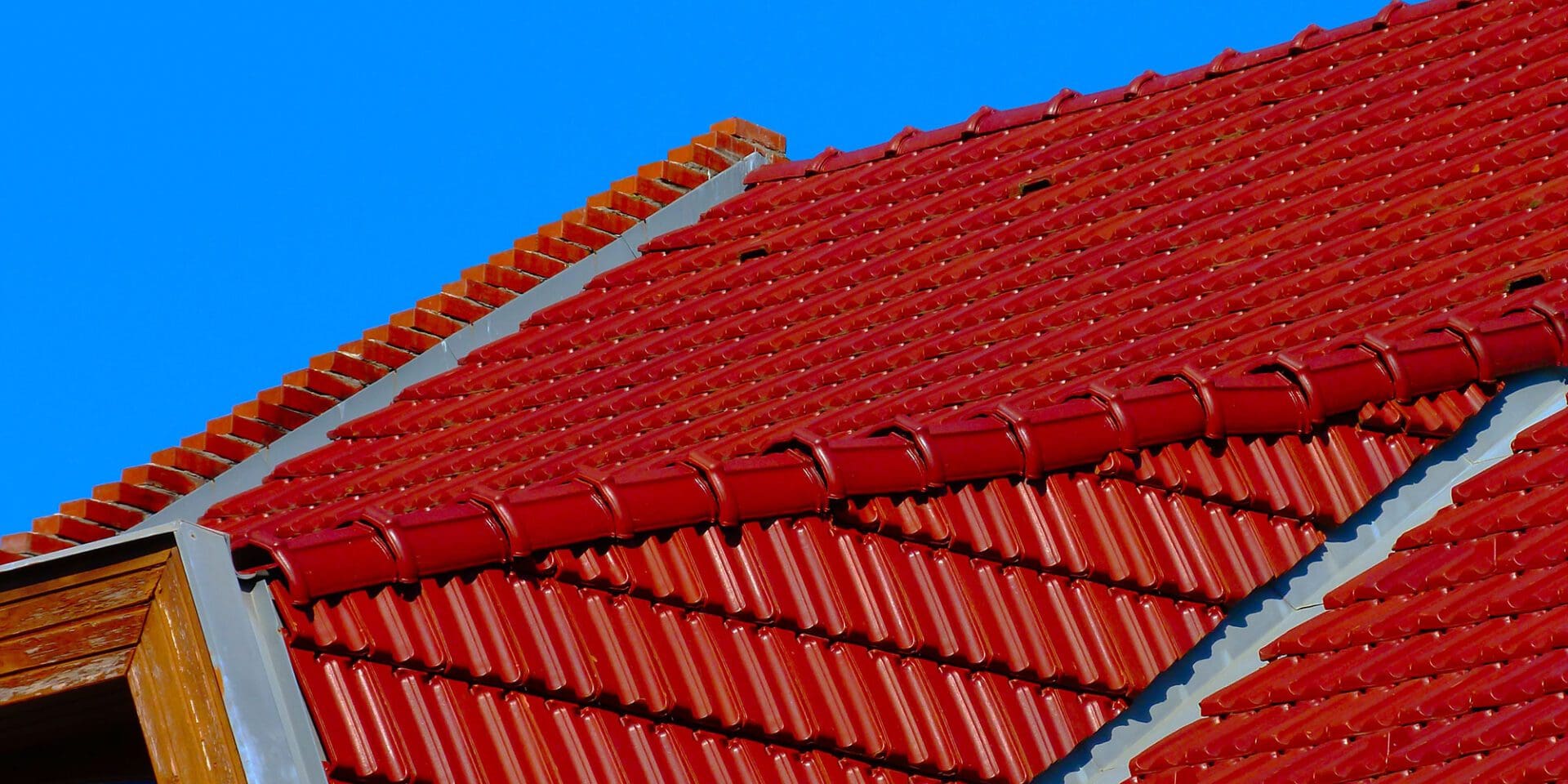
Proper installation is critical for the longevity of a low slope roof. It requires a thorough understanding of the roofing material, correct application techniques, and attention to detail, especially in the sealing and flashing of roof penetrations.
Maintenance and Care for Low Slope Roofs
Though low slope roofs are easier to maintain, they require regular inspection for signs of wear and tear, debris removal, and prompt repair of any damages.
Potential Drawbacks of Low Slope Roofing
Despite the advantages, low slope roofs also have potential drawbacks including drainage issues, susceptibility to wind damage, and the potential for increased heating and cooling costs.
Choosing the Right Low Slope Roof for Your Building
Choosing the right low slope roof for your building requires balancing considerations of cost, durability, aesthetics, and maintenance needs. Always consult with a professional roofer who specializes in low slope roofing for the best results.
Low slope roofing offers a range of benefits from cost-effectiveness to additional usable space. However, it’s crucial to understand the potential challenges and to choose the right materials and installation methods. Always engage with professionals when planning for low slope roofing.
FAQs
- What is the best material for low slope roofing?
It depends on your specific needs and circumstances. BUR, single-ply membranes, and modified bitumen all have their advantages and drawbacks. - How do I maintain a low slope roof?
Regular inspection, debris removal, and prompt repairs are essential for the maintenance of low slope roofs. - Can I install a low slope roof myself?
Roofing, particularly low slope roofing, involves various complexities that are best handled by professionals. - Do low slope roofs have more problems?
Low slope roofs can have specific challenges such as drainage issues, but with correct installation and maintenance, these can be managed effectively. - Can I use shingles on a low slope roof?
Shingles are not typically recommended for low slope roofs as they may not provide adequate water protection.
HAVE THE WORK COMPLETED RIGHT THE FIRST TIME
You May Also Like:
Benefits of Integrating Solar Panels with Your Roof in Florida
In the Sunshine State, it’s no secret that the sun shines bright nearly all year long. Florida is not only a paradise for beach lovers but also an ideal location for harnessing solar energy. If you’re a homeowner in Florida, you’ve probably considered integrating solar panels into your home, especially as the state continues to…
Read More15 Crucial Questions to Ask Before Hiring a Roofing Contractor in Florida
15 Crucial Questions to Ask Before Hiring a Roofing Contractor in Florida (And Why They Matter) In Florida, where hurricanes, heavy rain, and intense sunshine are part of everyday life, your roof is more than just a cover — it’s your home’s first line of defense. So, when it comes time for a roof repair…
Read MorePreventative Roof Maintenance Tips for Hurricane Season in Florida
Florida’s hurricane season runs from June 1 to November 30, bringing high winds, heavy rains, and potential roof damage. Your roof is the first line of defense against these extreme weather conditions. Even minor vulnerabilities can lead to costly damage during a storm without proper maintenance. This guide provides essential preventative roof maintenance tips to…
Read More
